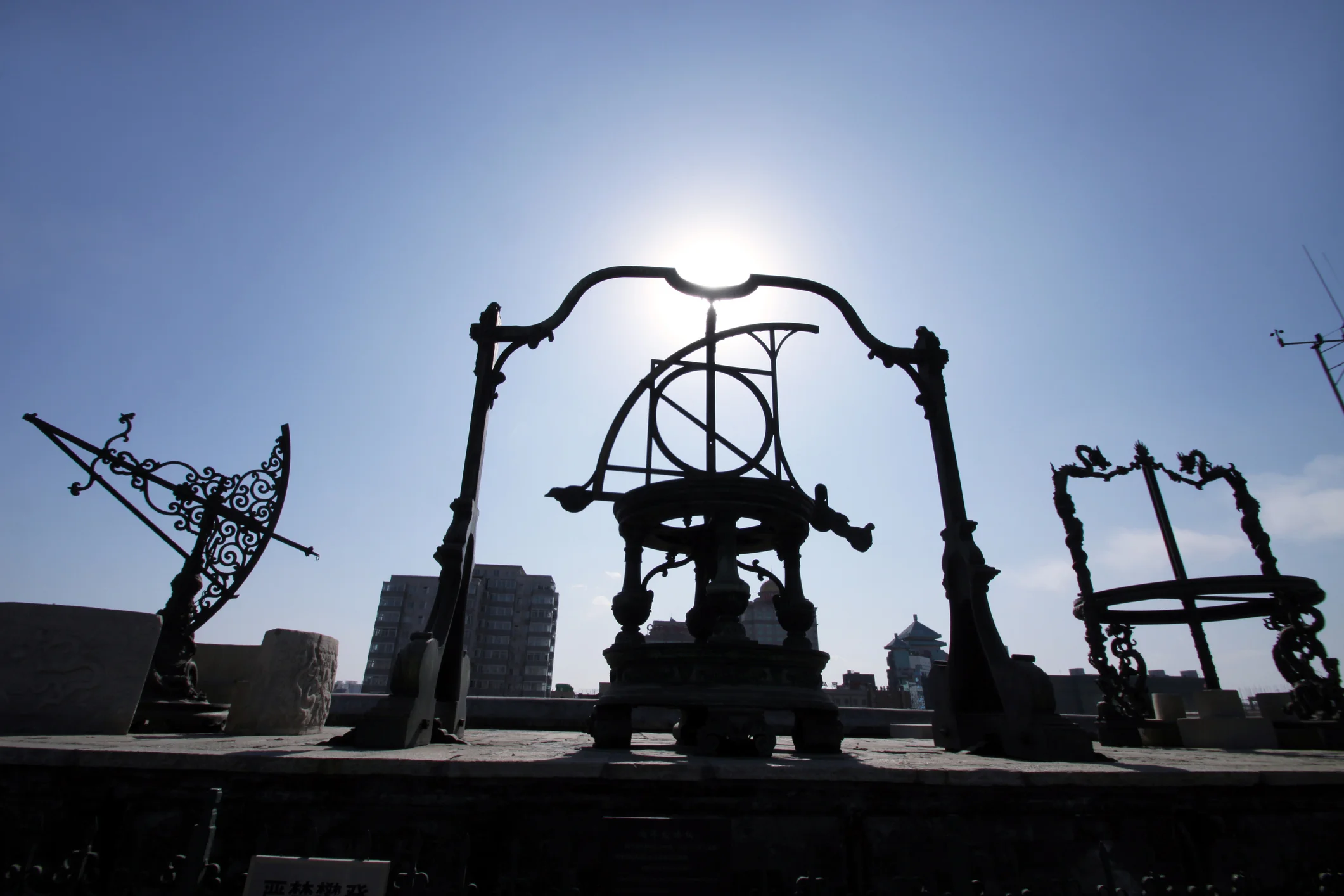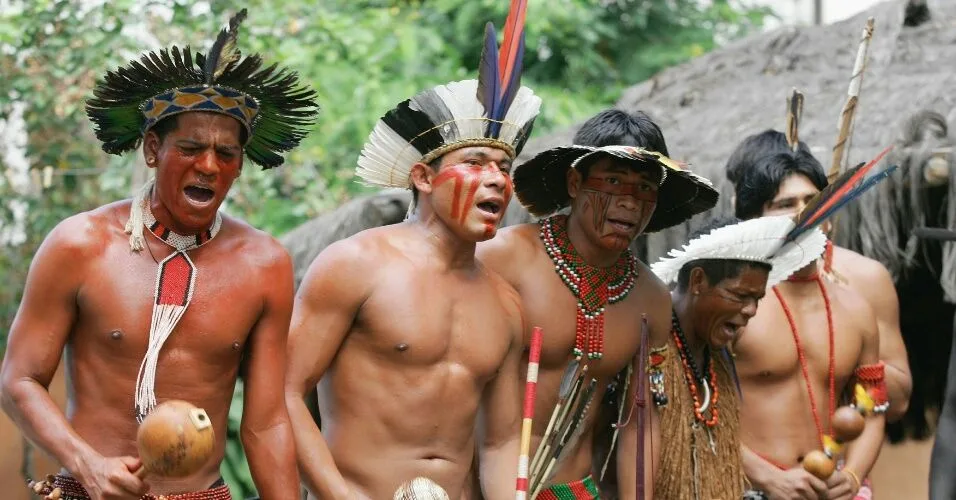Throughout human history, celestial events have captivated our imagination and shaped our spiritual practices, serving as powerful reminders of our connection to the cosmos.
The movements of celestial bodies have been observed, revered, and celebrated by cultures worldwide for millennia. From ancient stone circles aligned with solar movements to elaborate rituals performed during eclipses, these astronomical phenomena have consistently held profound spiritual significance. Today, as we rediscover these ancient traditions, many are finding renewed meaning in marking these cosmic moments with sacred observances that connect us to both our ancestors and the universe itself.
🌞 The Timeless Dance of Light and Shadow
Solstices and eclipses represent some of nature’s most dramatic celestial performances. These events occur with mathematical precision, yet they never fail to inspire awe and wonder. The winter and summer solstices mark the extreme points of the sun’s annual journey across our sky, while eclipses create rare moments when the sun, moon, and Earth align in spectacular cosmic choreography.
Ancient civilizations recognized these events as pivotal moments when the veil between the mundane and sacred grew thin. They built monuments, created calendars, and developed elaborate ceremonies to honor these transitions. The precision with which structures like Stonehenge, Newgrange, and Chichen Itza align with solstice sunrises demonstrates the profound importance these cultures placed on celestial observations.
Winter Solstice: Embracing the Return of Light
The winter solstice, occurring around December 21st in the Northern Hemisphere, marks the longest night and shortest day of the year. This pivotal moment has been celebrated across cultures as a time of death and rebirth, darkness and returning light. The symbolism is powerful and universal: even in our darkest moments, the light begins its journey back to us.
Sacred Traditions of the Darkest Night ✨
Many ancient cultures developed rich traditions around the winter solstice. The Roman festival of Saturnalia, the Norse celebration of Yule, and the Persian festival of Yalda all recognized this astronomical turning point. These celebrations typically included lighting fires or candles to symbolically assist the sun’s return, feasting to ensure abundance in the coming year, and gathering in community to share warmth during the cold season.
Modern practitioners continue these traditions with solstice vigils, where participants stay awake through the longest night to witness the sunrise. This practice of conscious observation transforms a simple astronomical event into a profound spiritual experience, allowing participants to embody the transition from darkness to light within their own consciousness.
Contemporary Solstice Practices
Today’s winter solstice observances often blend ancient wisdom with modern understanding. Many people create personal rituals that might include:
- Meditation sessions focused on releasing what no longer serves them
- Lighting candles to represent intentions for the coming solar year
- Gathering with community for shared meals and ceremonies
- Creating altars with symbols of light, evergreens, and seasonal elements
- Journaling about personal darkness and desired growth
- Practicing gratitude for the cyclical nature of existence
Summer Solstice: Celebrating Peak Illumination
The summer solstice, occurring around June 21st in the Northern Hemisphere, represents the sun at its zenith—the longest day and shortest night of the year. This moment of maximum light has been celebrated as a time of abundance, fertility, and divine power across countless cultures.
Ancient peoples recognized the summer solstice as a peak moment, understanding that from this point forward, the days would gradually shorten. This awareness brought both celebration and a subtle melancholy, acknowledging the impermanence of all things, even abundance and light.
Festivals of Fire and Fertility 🔥
Midsummer celebrations often centered around fire, with bonfires lit on hilltops and in gathering places. These fires served multiple purposes: they honored the sun’s power, provided protection against malevolent forces believed to be active during this liminal time, and created spaces for communal celebration.
The tradition of jumping over midsummer fires, still practiced in many European countries, symbolically represents purification and the courage to take leaps of faith. Flower crowns, herb gathering, and nature-based rituals connected celebrants directly to the earth’s abundant energy at this peak growth period.
Modern Midsummer Observances
Contemporary summer solstice celebrations often emphasize gratitude, vitality, and connection to nature. These might include outdoor ceremonies at sunrise or sunset, nature walks with intention, swimming in natural water bodies, or creating flower mandalas. Many practitioners use this time to assess their goals for the year, celebrating what has come to fruition while recommitting to intentions that need more time to develop.
🌑 Eclipses: When Day Becomes Night
Eclipses represent some of the most dramatic astronomical events visible from Earth. Solar eclipses occur when the moon passes between Earth and the sun, temporarily blocking our star’s light. Lunar eclipses happen when Earth casts its shadow on the moon. Both events have been interpreted across cultures as moments of profound spiritual significance.
The sudden transformation of day into twilight during a solar eclipse or the moon’s transformation into a blood-red orb during a lunar eclipse creates an undeniable sense that something extraordinary is occurring. Ancient peoples often interpreted eclipses as omens or messages from the divine, requiring specific rituals to ensure cosmic balance was maintained.
Ancient Eclipse Mythology and Practice
Different cultures developed unique mythologies explaining eclipses. Some believed celestial demons or animals were consuming the sun or moon, necessitating noise-making and rituals to scare the creature away. Others saw eclipses as times when the cosmic order was being renegotiated, requiring humans to participate through prayer and ceremony.
The ancient Chinese believed a celestial dragon was devouring the sun during eclipses. In Hindu tradition, the demon Rahu was said to swallow the sun or moon. Norse mythology attributed eclipses to wolves chasing and temporarily catching the celestial bodies. Despite the different narratives, the common thread was recognizing eclipses as powerful moments requiring human attention and ritual response.
Solar Eclipse Ceremonies: Darkness at Midday ☀️
Solar eclipses create one of nature’s most surreal experiences—the sudden arrival of darkness during daytime hours. The temperature drops, animals exhibit confused behavior, and an eerie twilight quality pervades the landscape. This dramatic environmental shift naturally lends itself to spiritual interpretation and practice.
Sacred Observance During Solar Eclipses
Modern spiritual practitioners approach solar eclipses as opportunities for profound transformation. The symbolism of the moon temporarily blocking the sun’s light represents the unconscious obscuring the conscious, creating space for shadow work and deep introspection.
Many contemporary practices include:
- Meditation focused on exploring personal shadow aspects
- Releasing rituals where practitioners write down what they wish to transform and ceremonially release it
- Intentional silence during the peak of the eclipse to create space for internal revelation
- Group ceremonies that harness collective energy for healing and transformation
- Creative expression through art, music, or movement responding to the eclipse energy
It’s important to note that observing solar eclipses directly without proper eye protection is dangerous. Sacred observation doesn’t require staring at the sun; rather, it involves conscious awareness of the energy shift and intentional spiritual practice during this window of cosmic significance.
🌕 Lunar Eclipse Rituals: The Blood Moon Transformation
Lunar eclipses, particularly total eclipses that transform the moon into a reddish orb, have inspired awe and spiritual practice throughout history. Unlike solar eclipses, lunar eclipses are safe to view directly and last longer, providing extended time for ceremonial observation.
The moon’s connection to cycles, emotions, and the feminine principle in many spiritual traditions makes lunar eclipses particularly significant for internal work focused on emotional patterns, relationships, and intuitive development.
Harnessing Lunar Eclipse Energy
Lunar eclipses are often viewed as supercharged full moons, amplifying the full moon’s traditional associations with culmination, release, and illumination. The Earth’s shadow crossing the moon creates a natural metaphor for how our earthly concerns and shadow material can temporarily obscure our inner light and emotional clarity.
Effective lunar eclipse practices might include full moon circles where participants share intentions and support each other’s release work, water ceremonies recognizing the moon’s connection to tides and emotional flows, or divination practices to access enhanced intuitive guidance during this energetically potent window.
Building Personal Eclipse and Solstice Practices 🌟
Creating meaningful personal observances for solstices and eclipses doesn’t require elaborate ceremonies or expensive tools. The most powerful practices are those that genuinely resonate with your personal beliefs and lifestyle while honoring the astronomical and spiritual significance of these events.
Establishing Your Sacred Calendar
Begin by marking solstices and eclipses on your calendar as sacred appointments with the cosmos. Research the exact timing for your location, as experiencing these events in real-time strengthens the connection. Create a simple ritual structure you can adapt for each occasion, perhaps including elements like meditation, journaling, candle lighting, or time in nature.
Consider creating a dedicated space in your home for celestial observations—a small altar or corner where you can place items representing the current season or upcoming celestial event. This physical anchor helps integrate cosmic awareness into daily life.
Deepening Through Consistent Practice
Like any spiritual practice, observing solstices and eclipses becomes more meaningful with consistency. Keep a dedicated journal tracking your experiences, emotions, and insights during each event. Over years, patterns will emerge that help you understand your personal relationship with these cosmic cycles.
Many practitioners find value in connecting with community during these events, whether through organized ceremonies or informal gatherings with like-minded friends. The collective energy of shared intention amplifies individual practice and creates accountability for maintaining these observances.
Scientific Understanding Enhancing Spiritual Practice 🔭
Far from diminishing the spiritual significance of solstices and eclipses, scientific understanding can actually deepen our appreciation for these events. Knowing that solstices result from Earth’s axial tilt, or that eclipses occur due to precise celestial alignments, adds layers of wonder to the experience.
The mathematical precision of these events—their predictability centuries in advance—speaks to the ordered beauty of the cosmos. Ancient peoples who could predict these events developed sophisticated astronomical knowledge that served both practical and spiritual purposes. Today’s practitioners benefit from both ancient wisdom and modern science, creating a richer, more informed spiritual practice.
The Psychological Benefits of Celestial Observances 🧠
Beyond spiritual significance, regularly marking solstices and eclipses offers psychological benefits. These practices create meaningful structure in our lives, connecting us to cycles larger than our individual concerns. They provide natural times for reflection, goal-setting, and release—practices supported by psychological research as beneficial for mental health and personal growth.
The act of pausing to consciously observe celestial events combats our culture’s tendency toward constant distraction and productivity. These moments of cosmic contemplation remind us that we are part of something vast and beautiful, offering perspective on our daily challenges and stresses.
Integrating Celestial Wisdom Into Modern Life 🌍
The challenge for contemporary practitioners is integrating ancient celestial observances into busy modern lives. However, this integration is precisely what makes these practices valuable—they anchor us to natural rhythms in an increasingly artificial world.
Start small if you’re new to these observances. Simply stepping outside during a solstice or eclipse with conscious awareness is a complete practice. As comfort grows, add elements that resonate: spoken intentions, symbolic actions, creative expression, or meditation. The key is consistency and genuine engagement rather than elaborate ceremonial perfection.
Consider how the qualities of each event might inform your activities during that period. Use the introspective energy of winter solstice for planning and dreaming, the expansive energy of summer solstice for action and manifestation, eclipse energy for transformation and release. This practical integration makes celestial observances relevant to everyday life rather than isolated spiritual moments.
Passing on the Tradition of Sky Watching ⭐
Introducing children and young people to celestial observances creates meaningful family traditions while fostering wonder about the natural world. Making solstices and eclipses special occasions—perhaps with special foods, activities, or family rituals—plants seeds for a lifetime of cosmic awareness.
These practices also offer opportunities to share cultural heritage, explaining how ancestors observed these events and why they considered them important. In our technology-saturated age, encouraging children to look up and observe real celestial events provides a valuable counterbalance to screen time.
Embracing the Sacred in the Celestial
Solstices and eclipses invite us to pause in our busy lives and remember our place in the cosmos. These events, occurring with timeless precision, connect us to countless generations who also watched the sky with wonder and reverence. By creating personal and communal observances around these astronomical phenomena, we participate in humanity’s oldest spiritual practice—honoring the sacred dance of celestial bodies.
Whether your approach is deeply spiritual, primarily scientific, or somewhere in between, these cosmic events offer opportunities for reflection, connection, and transformation. They remind us that we are not separate from nature but intimately woven into its cycles and patterns. In observing solstices and eclipses consciously, we eclipse the ordinary moments of our lives and touch something eternal and profound.
The invitation stands open for anyone willing to look up and pay attention: the cosmos is always speaking, always moving, always offering moments of extraordinary beauty and significance. All we need to do is show up, watch, and allow these ancient celestial events to work their transformative magic in our modern lives.
Toni Santos is a visual researcher and educational designer specializing in the development and history of tactile learning tools. Through a hands-on and sensory-focused lens, Toni investigates how physical objects and textures can enhance understanding, memory, and creativity while exploring the intersections of ancient temporal systems, ritualized time practices, and cultural perceptions of chronology. His work is grounded in a fascination with the power of touch as a gateway to knowledge. From embossed maps and textured alphabets to handcrafted manipulatives and sensory kits, Toni uncovers the subtle ways tactile tools shape cognitive development and learning experiences, while engaging with ancestral calendars and forgotten systems, chrono-rituals and time portals, cultural time perception and myth, and devices and tools of time. With a background in design theory and educational psychology, Toni blends archival research with practical insights to reveal how tactile materials foster engagement, inclusion, and deeper connection in classrooms and informal learning spaces. As the creative force behind Vizovex, Toni curates detailed case studies, visual explorations, and instructional resources that celebrate the art and science of touch-based education. His work is a tribute to: The transformative role of tactile tools in learning The intersection of sensory experience, cognition, and temporal wisdom The craft and innovation behind educational objects and time devices Whether you’re an educator, designer, or lifelong learner, Toni invites you to explore the rich textures of knowledge—one touch, one tool, one discovery at a time.




